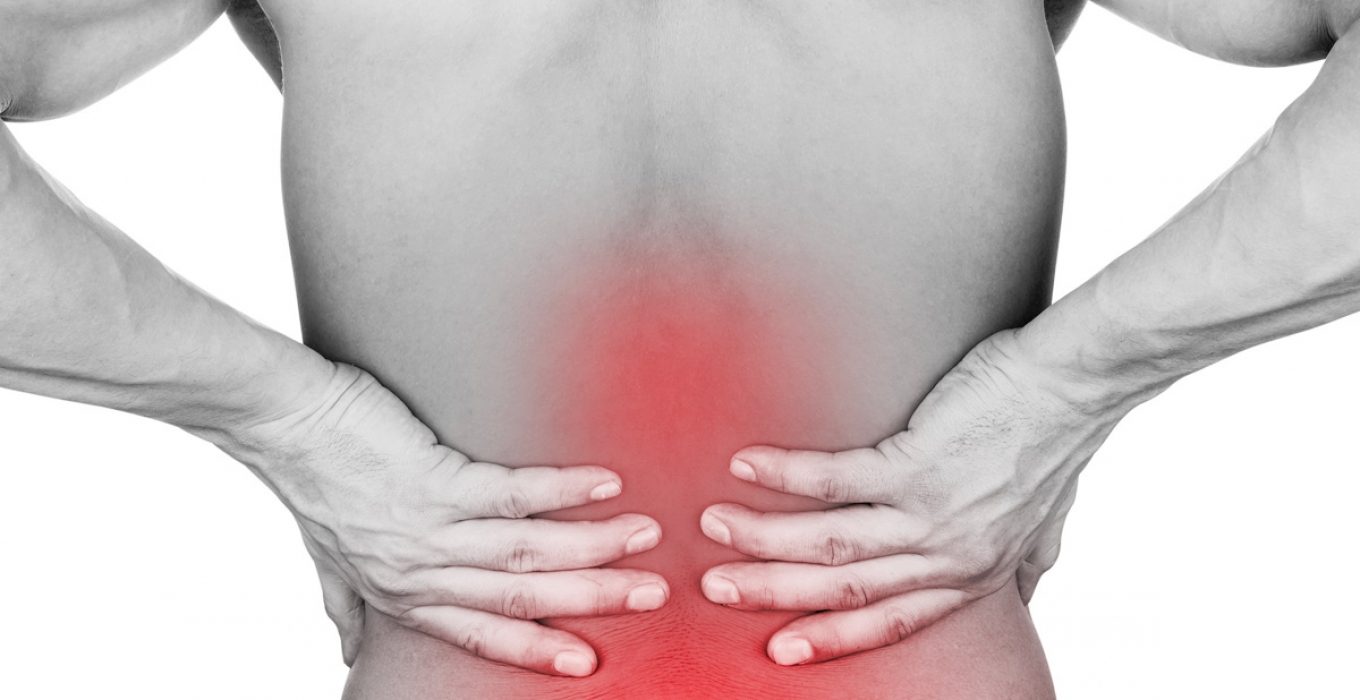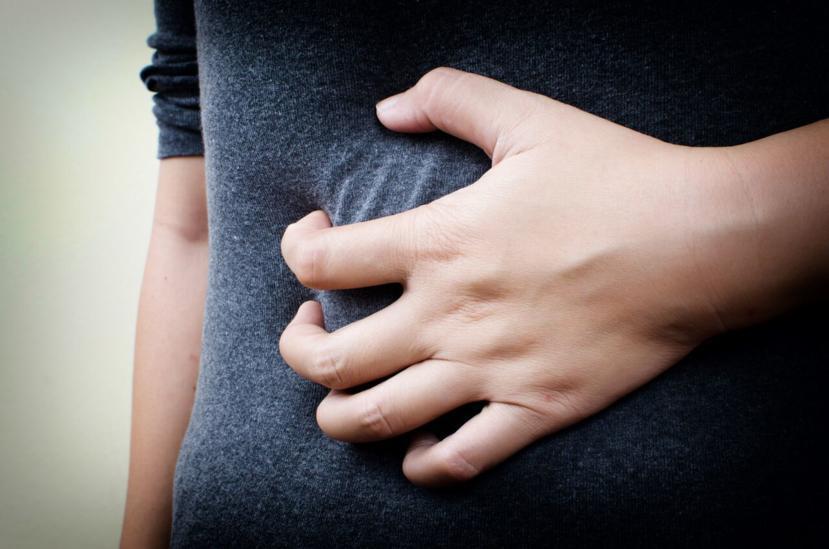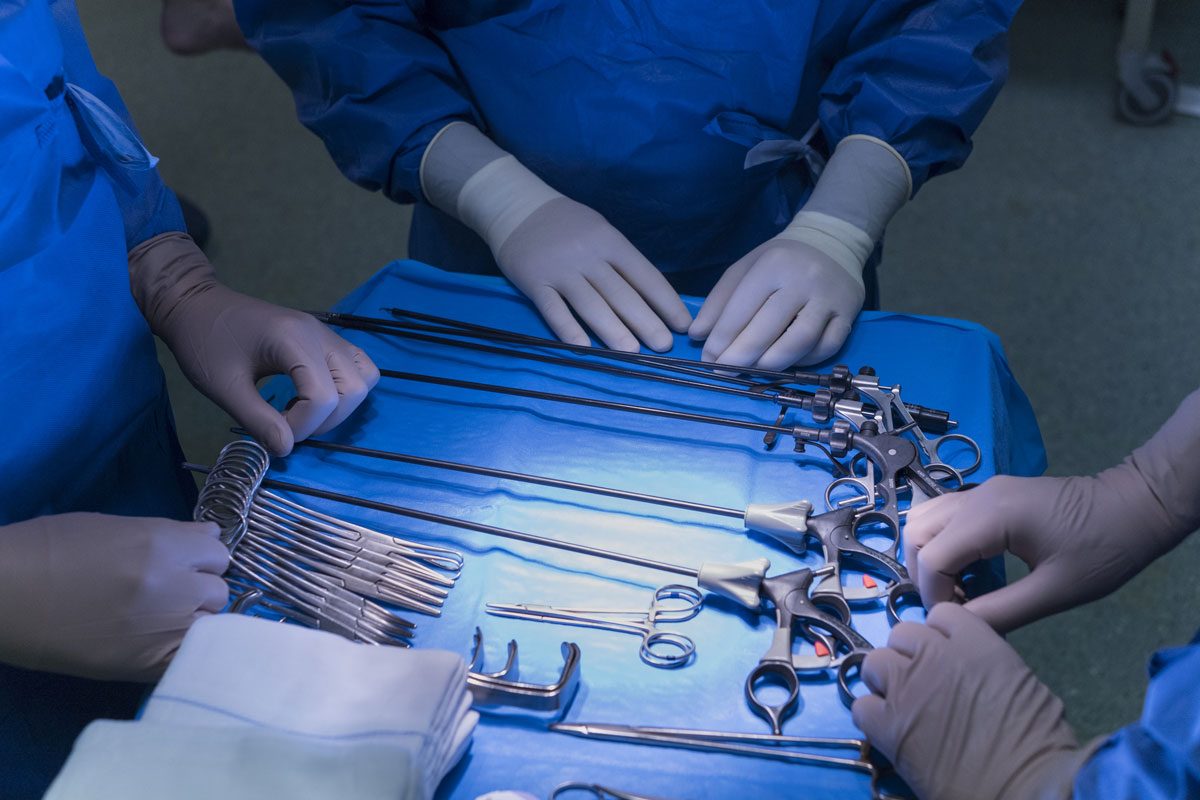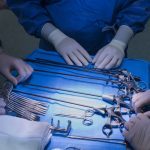A hernia is a common condition that can happen to anyone. It’s caused by muscle weakness and strain, and it requires medical treatment.
What is a hernia?
Part of the function of your muscles is holding your organs in place. Normally, they’re tight and strong enough to handle the job. When a weak spot develops in a wall of muscle, however, an organ or another tissue can squeeze through the opening and cause a hernia.
A hernia can happen anywhere but often occurs in the groin, the navel, the diaphragm, or at a previous surgical site.
What are the symptoms of a hernia?
Symptoms can vary depending on where a hernia is located, but they can include the following:
- Swelling or a bulge
- Dull pain
- Tenderness
- A heavy feeling
- Discomfort when lifting or bending over
- Heartburn
Sometimes the symptoms of a hernia can come and go. For example, you may experience pain when you use your abdominal muscles, but you may put off having your hernia treated since it’s not constant.
Taking a “wait-and-see” approach with a hernia may be dangerous, however. In some cases, a hernia can become strangulated, which means that it cuts off blood flow to the trapped tissue. This can be a life-threatening situation if it isn’t promptly treated.
When should you see your doctor?
You should see your doctor when you detect a bulge or other symptoms that could indicate that you have a hernia. Your doctor can confirm or rule out this condition and provide treatment.
The following are symptoms of a strangulated hernia and indicate that you should call your doctor immediately:
- Nausea and/or vomiting
- Fever
- Sudden pain that quickly worsens
- A bulge that turns red, purple, or dark-colored
- Inability to pass gas, nausea /vomiting, or failure to have a bowel movement associated with a lump/tenderness at the side of your hernia.
How can a hernia be treated?
Hernia repair surgery is the standard treatment. This procedure, which is known as herniorrhaphy, allows the surgeon to reposition the herniated tissue. If it has become strangulated, the oxygen-deprived part of the organ or tissue can be removed. The damaged muscle wall will be repaired, often by using synthetic mesh or tissue.
The surgery can sometimes be completed using minimally invasive laparoscopic surgery, which requires smaller incisions. As a result, you’ll recover more quickly and have less pain after your surgery.
If you have any symptoms that could indicate the presence of a hernia, make an appointment today with Dr. Sammartino or Dr Scarinci.
















